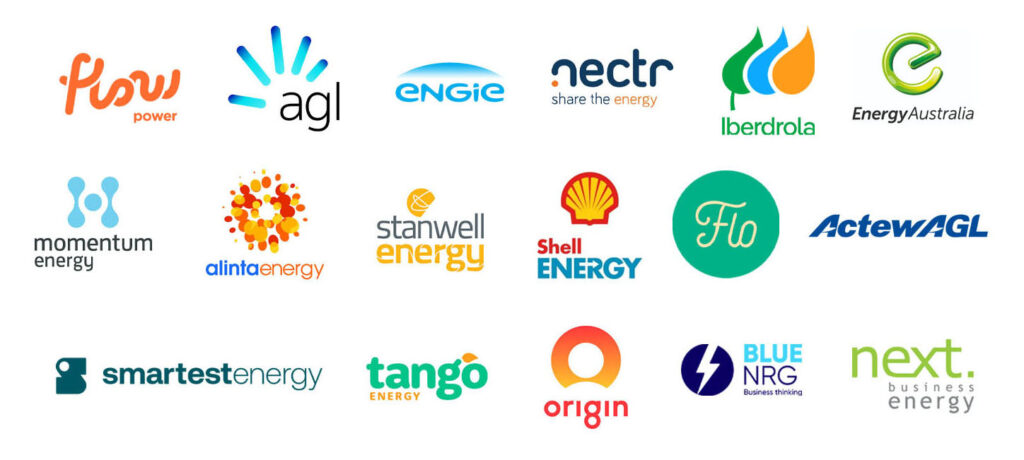Coal continues to be a driving force in Australia’s painful electricity rates spike as prices on the international market continue to rise and 25 per cent of the country’s coal electricity generation is offline.
About 60 per cent of Australia’s energy is generated by coal-fired plants.
The combination of the fallout from the war in Ukraine, mine flooding, unplanned coal power station outages, and a very cold spell have all contributed to creating the perfect storm.
Recent news that Snowy Hydro 2.0 is expecting delays of up to 19 months to start producing energy has exacerbated the situation.
The new extension is not expected to become operational until at least 2028.
The Australian Energy Market Operator has released data showing just how badly hobbled the coal electricity generation fleet is and the situation has sent spot market prices soaring.
How much coal electricity generation is offline?
As of June 23 2022, a total of just under 5 gigawatts of coal electricity generation is currently offline and much of it is expected to remain cold throughout the winter, which is proving to be a cold one.
In Victoria, 28 per cent of the state’s coal power capacity is offline, while about 25 per cent of Queensland coal generation is offline.
AGL, Liddell, Bayswater and Loy Yang
AGL has announced that it will be shutting down its 2,000 MW Liddell coal-fired plant in New South Wales.
It is scheduled to shut down completely in April 2023 and one unit has already shut down.
The ageing plant is continually beset by problems and the latest outage is expected to last until the end of July, which is when demand ramps up to its highest level in the winter season.
Another AGL coal generator facing issues is the 2,665 MW Bayswater plant which is expected to be offline till at least the beginning of July 2022.
AGL’s woes are further compounded at 2240 MW Loy Yang In Victoria. An electrical fault at Loy Yang A – which traditionally supplies 30 percent of the state’s electricity – resulted in a huge dent in supply.
25 percent of Loy Yang’s capacity is expected to remain offline until at least September as AGL struggles to find replacement parts.
At least, Energy Australia’s Yallourn coal-fired plant is expected to increase generation capacity in the near future as flooding in the adjacent mines clears up.
Origin and Eraring
Origin Energy’s Eraring plant in New South Wales is Australia’s biggest coal-fired plant, contributing 2,880 MW to the National Energy Market.
This plant is also struggling to perform but for different reasons. There have been steep coal production costs at Centennial Coal’s mine in Mandalong.
Eraring usually draws its coal supply from a conveyor belt linked to the mine, but it just cannot get enough fuel from there.
This has forced Origin to delve into the international coal market to purchase at least one million tonnes of coal at extremely inflated prices as countries around the world seek to ditch Russian coal over its invasion of Ukraine.
CS Energy and Callide C4
In May 2021, parts of Brisbane went into blackout as an explosion at CS Energy’s Callide C instantly wiped some 500 MW of power from the grid.
This triggered a domino load shedding event and prices went through the roof as a result.
Callide’s C4 Unit will not be operational until at least the beginning of Summer in December.
Gladstone power station, which is owned by a consortium and has a capacity of 1680 MW, also has one unit out of commission.
Coal shortage sends gas prices through the roof
Even if they were operating at 100 percent capacity, Australia’s power stations still cannot source enough coal at a decent price.
As mentioned earlier, countries around the world are ditching Russian coal and much of it is being bought up at Newcastle in New South Wales at very high prices.
The price for Australian black coal has increased four-fold since the beginning of the year and is now upwards of AU$500 per tonne.
Although it may sound absurd, Australia is one of the world’s biggest coal producers, but mines are selling it onto the market and local generators have to buy it back at the market price.
This has led to a situation where gas-fired plants are stepping in to fill the supply gap.
Market forces have in turn sent gas prices skyrocketing.
Australia is also a net exporter of Liquid Natural Gas. In 2017, the Turnbull Government created the Gas Reserve Mechanism which would trigger when Australia does not have enough supply of natural gas.
It was never used until 2 weeks ago when AEMO imposed a cap on LNG exports and exporters diverted flows south from the export depots.
Triggering the mechanism helped, but physical gas pipeline constraints mean that supply is still tight. There is no such mechanism for coal export caps.
What does this mean for energy prices?
The Australian Energy Regulator was due to issue its Default Market Offers earlier in 2022 but delayed announcing them until after the May Federal Election.
Retailers have lobbied hard for an increase in the new Financial Year 2023.
Shortly after the election, they allowed electricity prices to rise 8.2 per cent in NSW and 5.5 per cent in Queensland from July 1.
This is likely to help larger retailers stay afloat due to their hedging agreements which insulate them from such spikes.
On the flip side, it is causing smaller retailers without hedging agreements to go under.
Are you a business energy customer and concerned about your energy plan? We can help
We understand that this time is very worrying for businesses. If you are worried about your energy plan options, we can help.
There are different options out there. We can help you procure energy at a fixed price for a fixed term by going to tender on the wholesale market.
We can also advise you on the different retail pricing options that are available on the market. Other options to help you manage your energy costs include analysing your network tariffs and making sure your business is in the correct market classification.
Our Energy Management Consultants have a proven track record in helping Australian businesses manage their energy costs.
Reach out to us by filling out this form or sending us an email at info@leadingedgeenergy.com.au.
If you would prefer a chat over the phone, you can call us at 1300-852-770 for an obligation-free session with one of our Energy Management Consultants.
We source, analyse, compare and rank commercial, industrial and multisite energy quotes. Obligation Free.
Chat with one of our experienced consultants today and get the insights your business needs to help manage the risks associated with volatile electricity and natural gas markets. Our energy procurement service is obligation-free and provides a time-saving way of securing lower energy rates from our panel of energy retailers.







